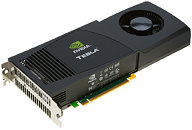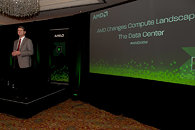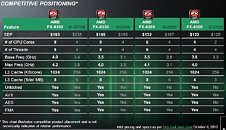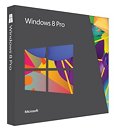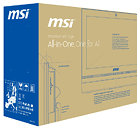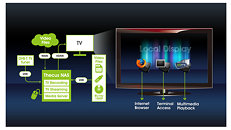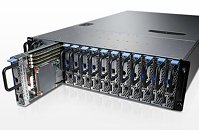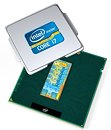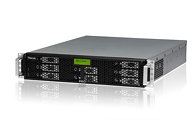
AMD Bolsters Engineering Talent With Appointment of Two Technology Experts
AMD today announced that Charles Matar and Wayne Meretsky have joined the company to assume critical new engineering leadership roles driving hardware and software intellectual property (IP) development for AMD's system-on-chip (SoC) solutions. Matar will draw upon his expertise in SoC and processor design to lead AMD's SoC methodology and client SoC execution. Meretsky will lead the company's software development, ensuring tools will be in place that will enable developers to take advantage of the compute power in AMD's SoC designs.
"Charles and Wayne will serve as key members of our engineering brain trust, bringing with them years of expertise in SoC design and developing 64-bit software ecosystems, respectively," said Mark Papermaster, AMD Chief Technology Officer. "The fact that these computing experts have returned to the company underscores AMD's unique position and opportunity, based on differentiated IP, to take a leadership position in low-power clients and dense cloud servers."
"Charles and Wayne will serve as key members of our engineering brain trust, bringing with them years of expertise in SoC design and developing 64-bit software ecosystems, respectively," said Mark Papermaster, AMD Chief Technology Officer. "The fact that these computing experts have returned to the company underscores AMD's unique position and opportunity, based on differentiated IP, to take a leadership position in low-power clients and dense cloud servers."








